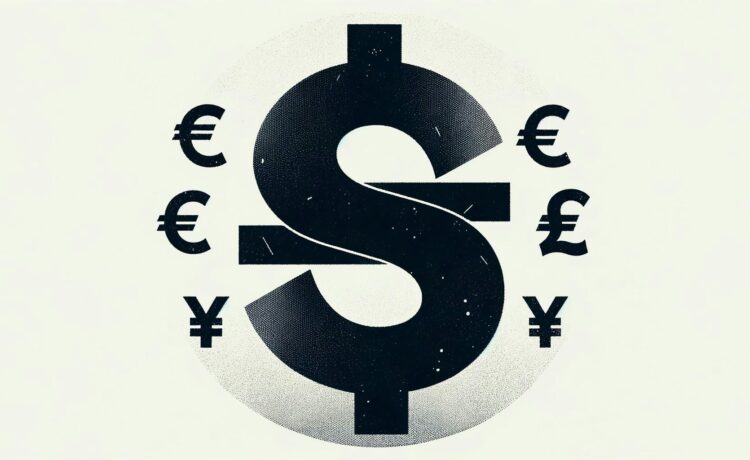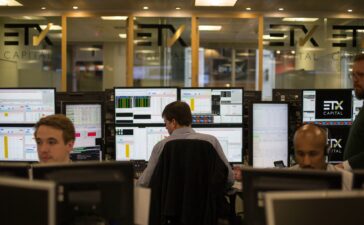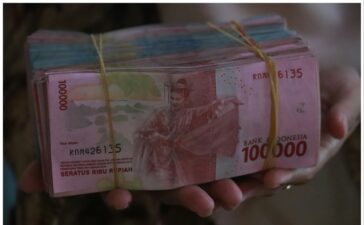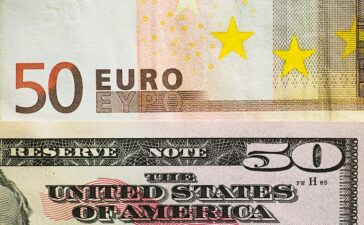What’s going on here?
The US dollar is flexing its muscles, nearing two-month highs against major currencies. This surge comes as economic data bolsters expectations that the Federal Reserve will take a more measured approach with rate cuts.
What does this mean?
Strong US economic indicators and slightly hotter-than-expected September inflation have shifted the market’s outlook on Federal Reserve policy. Now, there’s an 89% probability that a 25 basis point rate cut will occur in November, with a total of 45 basis points of easing anticipated for the year. However, the Federal Reserve’s Governor, Chris Waller, has emphasized caution, which is bolstering the dollar’s strength. The dollar index has climbed to 103.19, nearing its August 8 peak of 103.36, indicating that the market is putting faith in these predictions. Meanwhile, currencies like the euro and British pound are weakening amid similar expectations for their respective central banks to ease rates or hold dovish stances.
Why should I care?
For markets: Dollar’s climb alters the playing field.
As the US dollar strengthens, other currencies are feeling the pressure. The euro and British pound have dipped, causing concerns over European economic uncertainties, while the yen edges closer to 150 per dollar amidst Japan’s dovish monetary stance. Oil-exporters’ currencies like the Norwegian krone and Canadian dollar are also trading lower, partly due to oil price declines. Investors should watch how different central banks adjust their policies in response to the dollar’s dominance.
The bigger picture: Shadows of US strength loom globally.
The powerful US economy not only commands currency exchanges but drives broader economic strategies worldwide. As the dollar appreciates, nations like China see their currencies dip, exemplified by the yuan’s recent lows. With geopolitical shifts influencing oil prices and monetary strategies, global markets may soon need to adapt to a landscape heavily swayed by US economic policy dynamics.

















